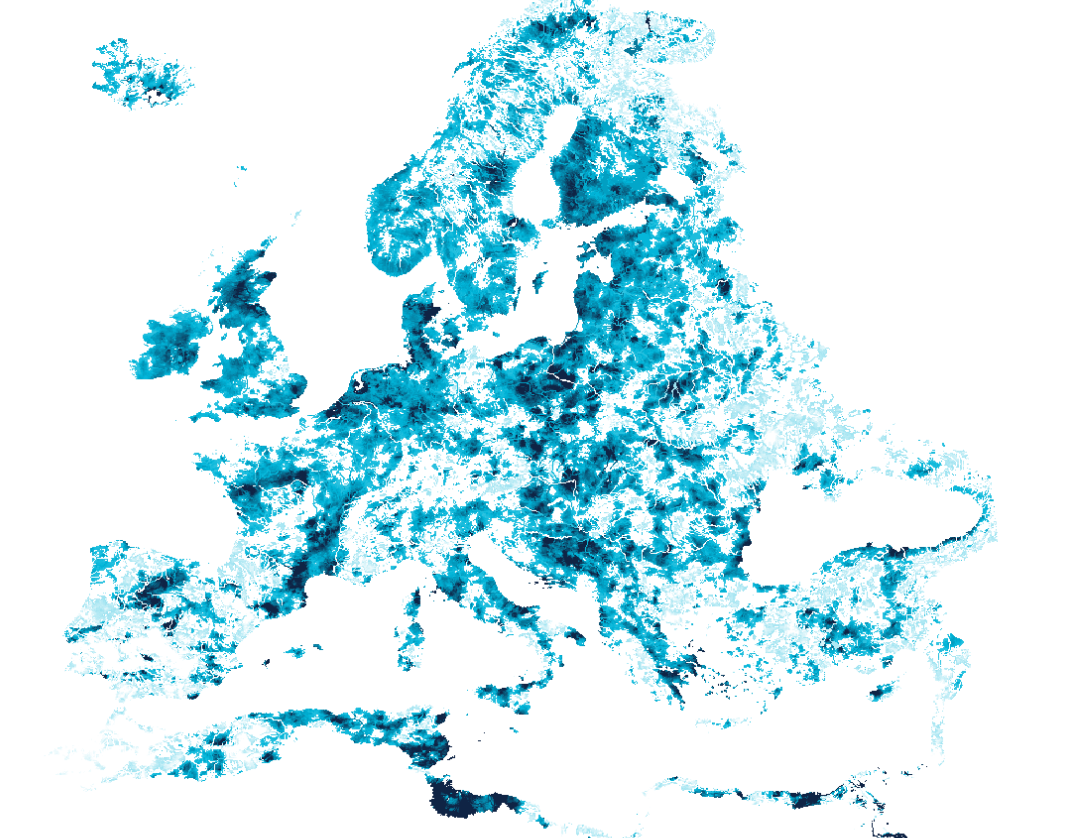Serving as the linchpin for various sectors and ensuring the seamless continuity of business operations, the resilience of these networks in the face of climate-related disasters is paramount. Their failure can precipitate enduring consequences with far-reaching impacts. It is estimated that by 2050, European infrastructure sector will face an average annual cost of 19.6 € billion related to climate events.
Transforming industries climate risk management with innovation
Eoliann supports enterprises, banks, insurances, infrastructure and energy companies in making data-driven decisions.
The context

Estimate the exposures and disruptions
Factor climate considerations
Consider climate risk in construction plans
How Eoliann can support?
Quantitative and intensity data
Geospatial data in a single platform
The context
Financial institutions face substantial climate risks, with potential losses projected to reach trillions by 2100. Up to 30% of European banking credit portfolios are at risk. The European Banking Authority (EBA) mandates the integration of climate risk into assessments by 2025, requiring the adoption of EBA Pillar 3 and an ESG prudential scoring system to disclose exposure to extreme climate events.

Quantitative assessment
Decision-making processes
How can Eoliann support?
Quantitative data
Address location as the only input
Asset-level granularity
Long-term changes
The context
Less than 23% of the total economic losses caused by climate disasters in the period 1980-2020 were insured. Moreover, the amount of unexpected losses on natural catastrophes is between 38 to 58 billion dollars per year. The reduced ability of insurers to predict climate events have important consequences such as the deterioration of their capital reserves.

Consider
Diversify
How can Eoliann support?
Quantitative data
Address location as the only input
Asset-level granularity
Long-term changes
Innovating Climate Tech for Business Resilience
See our product
